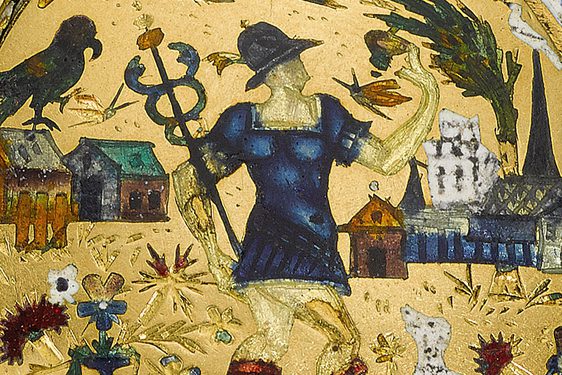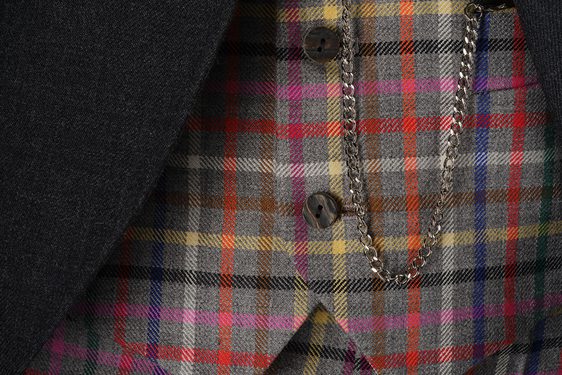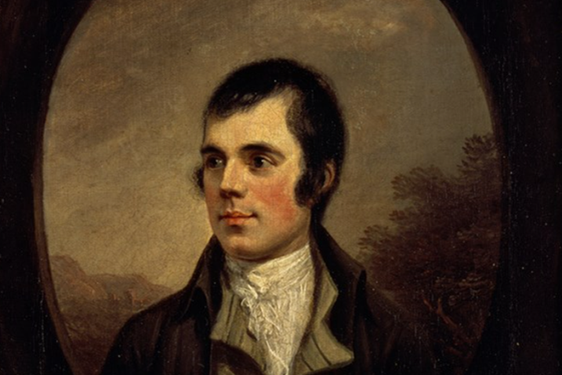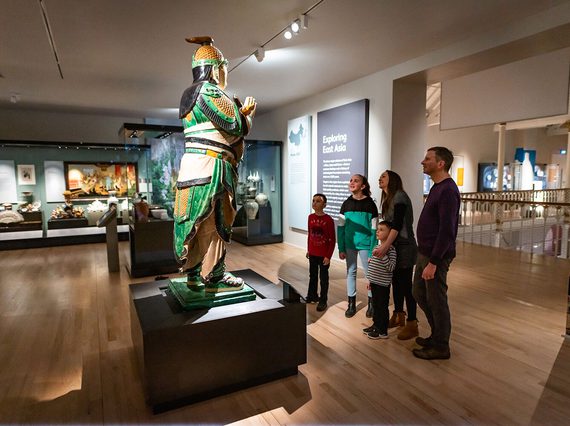
History of the National Museum of Scotland
News Story
The magnificent Victorian building that houses the National Museum of Scotland is one of our greatest treasures. In 2016, we celebrated 150 years since the building first opened to the public. Here we look back at the Museum’s history.
Beginnings: The Society of Antiquaries of Scotland
The origins of the Museum’s rich and varied collection lie with the Society of Antiquaries of Scotland. Founded in 1780 in the spirit of the Enlightenment, the Society of Antiquaries of Scotland collected objects relating to the archaeology of Scotland. Its collection then passed into public ownership in 1851, forming the original collections of the National Museum of Antiquities of Scotland.
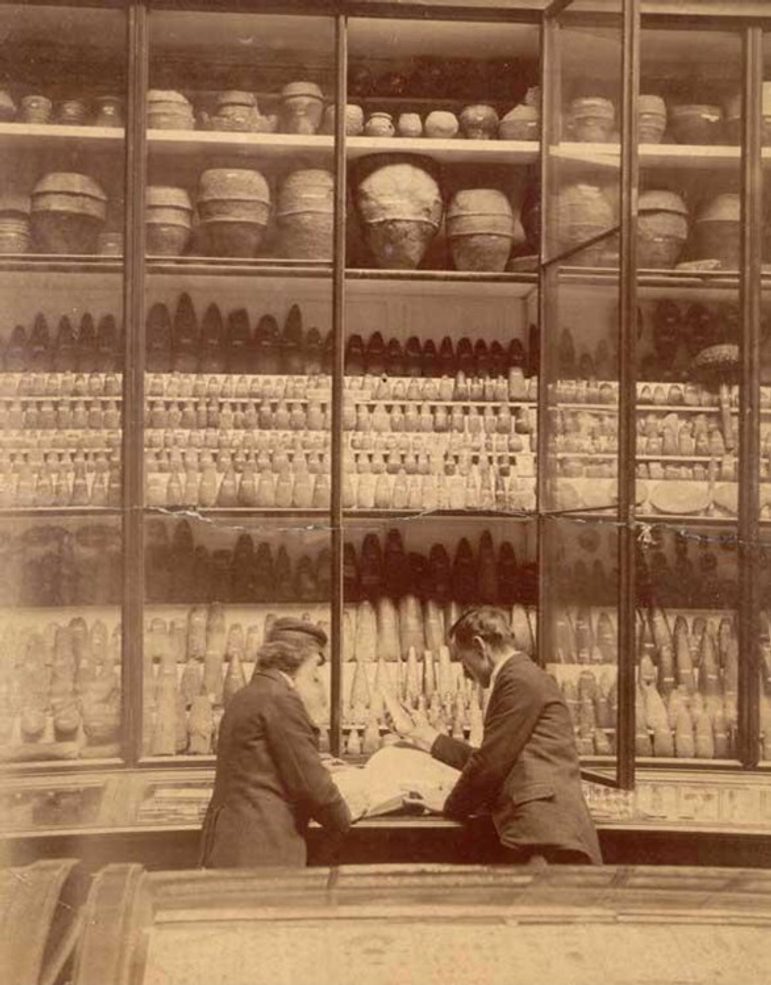
In 1985, the National Museum of Antiquities would merge with the Royal Scottish Museum. The Royal Scottish Museum then became National Museums Scotland. Today, National Museums Scotland is the largest multi-disciplinary museum in Scotland. We have 12 million items in our collections and the largest body of curatorial and conservation expertise in the country.
A beautiful building
The Royal Scottish Museum began life as the Industrial Museum of Scotland. Founded in 1854, this museum reflected Victorian ideals of education. Renamed the Edinburgh Museum of Science and Art, it opened in its first bespoke buildings, in Chambers Street in 1866. Originally inspired by London’s Crystal Palace, the building was designed by visionary engineer Captain Francis Fowke and local architect Robert Matheson to be both beautiful and technically innovative.
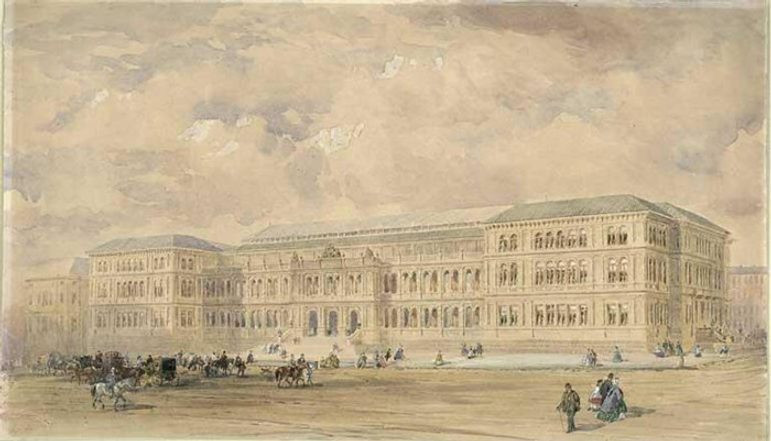
The foundation stone was laid in 1861 by Prince Albert, a driving force behind Britain’s 19th century museum movement. His visit to Edinburgh would be his last public act before his death. Five years later, the east wing and one third of the current main hall were opened by Queen Victoria’s second son, Prince Alfred, who had studied at the University of Edinburgh.
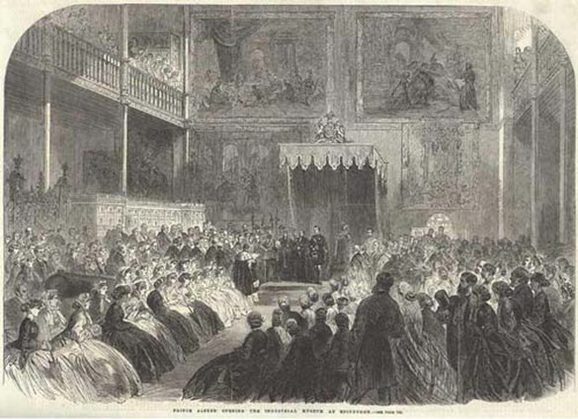
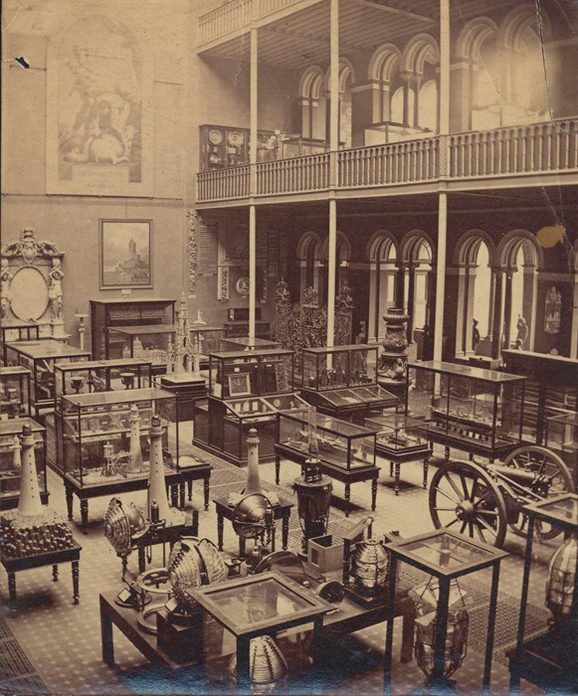
The Royal Scottish Museum
By the time of the building’s jubilee in 1904, the museum had become the Royal Scottish Museum, and was Scotland’s first national public building. This significance as a building of historical importance is reflected today with a Category A listing.
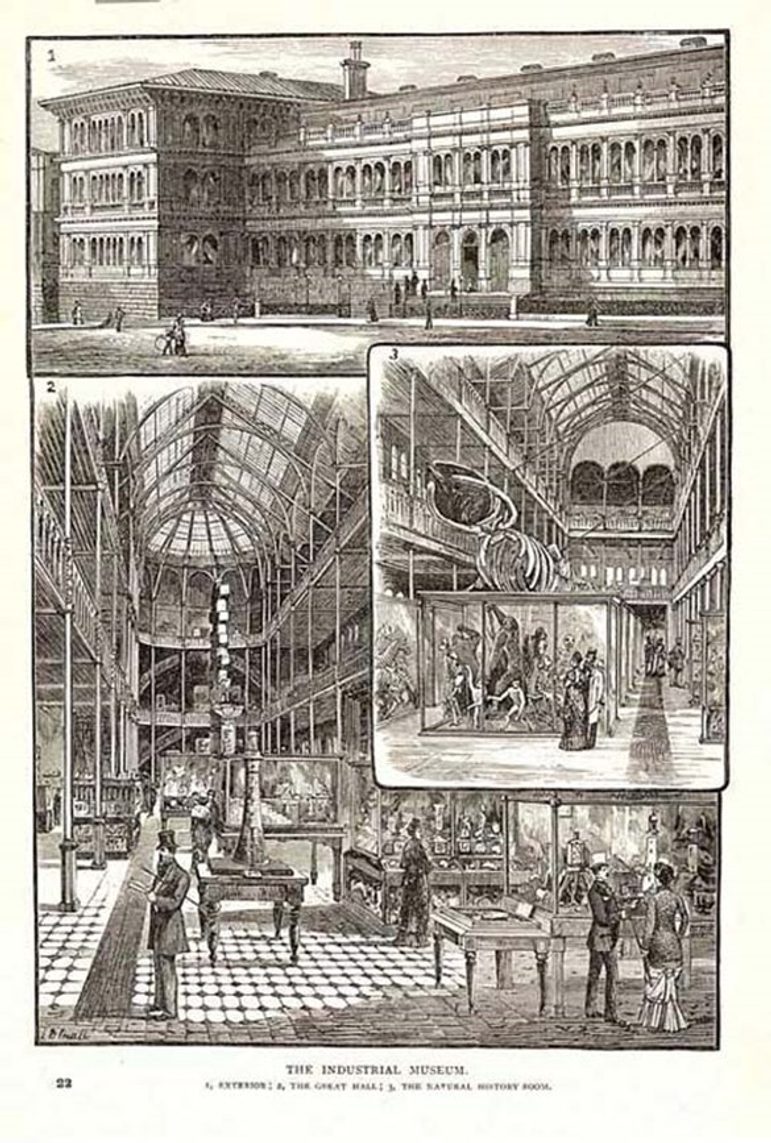
Since the doors opened to the public in 1866, the museum has seen many changes in its architecture and its identity. Fowke’s vision took 30 years to complete, culminating in the opening of the west wing in 1890. Behind the Chambers Street facade, the museum has been altered, adapted and extended in response to the growth in the collections and changing public use.
One revolutionary change was the installation of electric power in the early 1900s, replacing the original gas lighting. With electricity came the museum’s first interactive displays, a marine engine and a sectioned locomotive. Those first ‘push button’ displays must have amazed and delighted visitors then as they still do today!
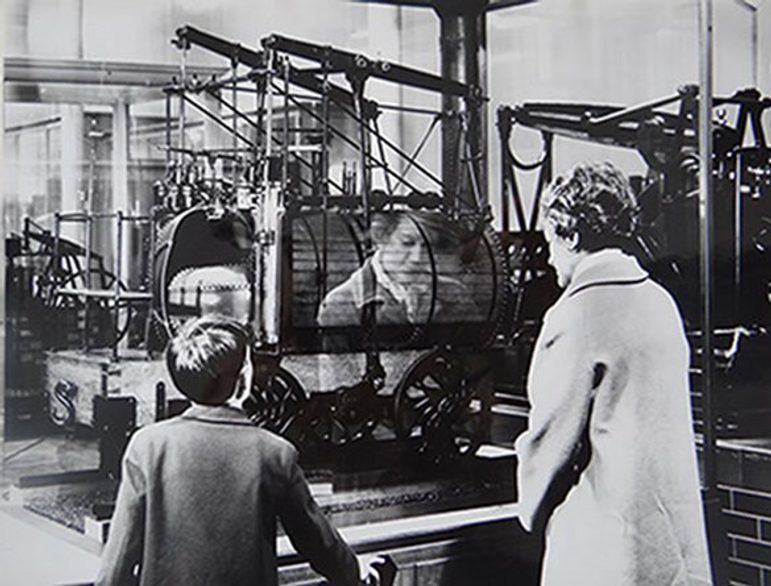
A new museum for Scotland
The building of the new Museum of Scotland opened in 1998, creating a landmark museum in Edinburgh for the nation. This part of the museum explores the country’s history, from earliest times to the present day.
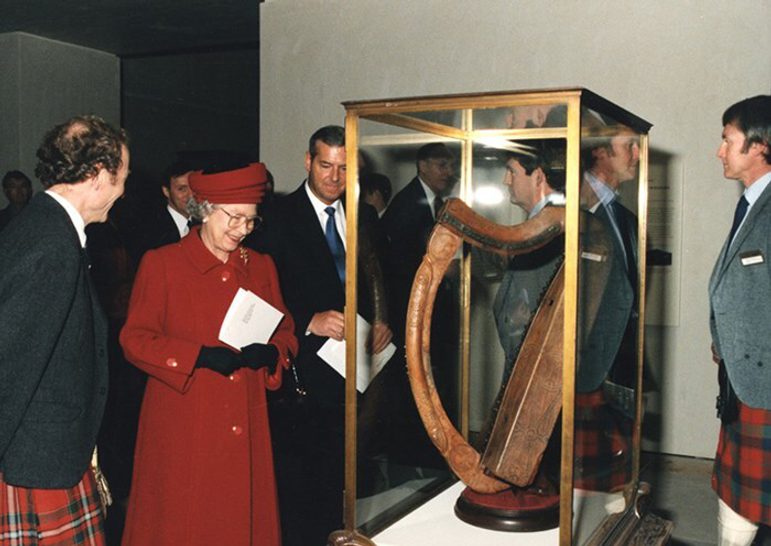
The redevelopment of the National Museum of Scotland (2006-2011) transformed the adjacent Victorian building into a vibrant museum for the 21st century. Public public spaces were opened up, along with new facilities. Our collection displays were refreshed, enabling audiences to learn about the natural world, world cultures, art and design, and science and technology in innovative, new ways.
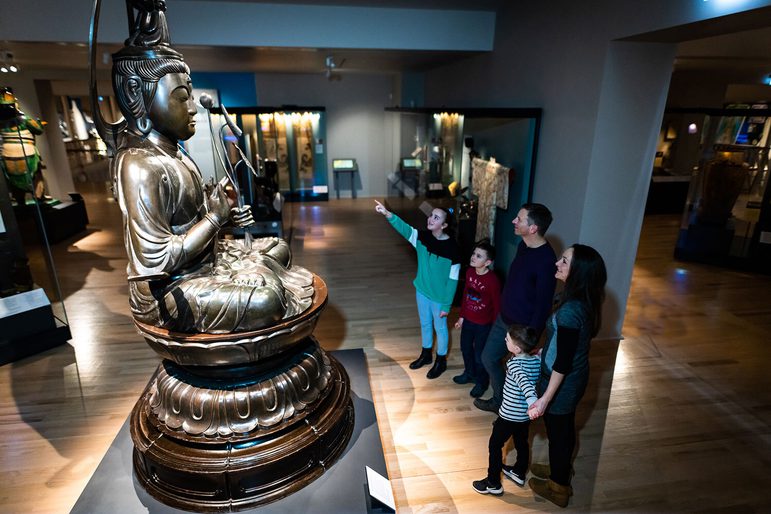
When the new galleries opened on 29 July 2011, the Museum united the two strands of its history for the first time, as the National Museum of Scotland.
Now, 150+ years on, the Museum continues to go from strength to strength. In July 2016, ten Science and Technology and Art and Design galleries were newly opened. These were followed by new Ancient Egypt, East Asia and Ceramics Galleries, which opened in February 2019.
